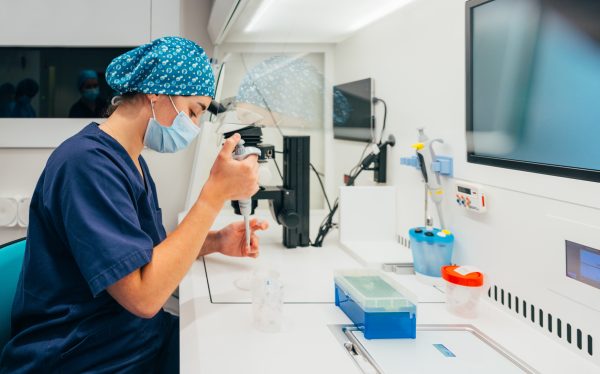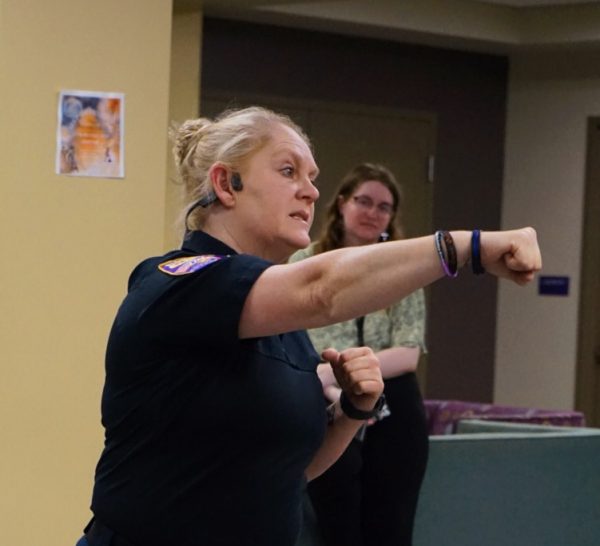Professor reveals new species in research
January 10, 2013
Associate Professor of Geology Mark Puckett has engaged in research over the past four years that has yielded three new genera and 25 new species from Jamaica and that has helped prove Jamaica and Mexico were attached approximately 66 million years ago. With the grants he received from the National Geographic Society and the American Chemical Society (ACS) Petroleum Research Fund, Puckett studied ostracods in Jamaica, Cuba and Mexico, which has been the basis of his recent research.
“I wanted to solve puzzles about the Caribbean,” he said. “I had studied ostracods before. I figured out that the ones in South America were different from the ones in North America. I wanted to see if the ones in the Caribbean were like the ones in North America.”
According to Encyclopaedia Britannica, “mussel shrimp, also called seed shrimp, or ostracod, are any of a widely distributed group of crustaceans belonging to the subclass Ostracoda (class Crustacea) that resemble mussels in that the body is enclosed within a bivalved (two-valved) shell.”
Puckett, who discussed his research findings at a conference in Charlotte, N.C., in November, said ostracods are immobile creatures and evolve separately when isolated. The similarities between fossils found in Jamaica and Mexico, and the lack of similarity between those and the fossils found in South America, proves that the two landmasses were attached at one point.
Jamaica moved about 50 million years ago to its present-day position, Puckett said.
He said he was motivated to start his research after studying ostracods and finding out that the ones in South America were different from the ones in North America. Puckett said he wanted to see if Caribbean ostracods were like North American ostracods and that he wanted to solve puzzles about the Caribbean.
“We filled in a big gap about late-Cretaceous ostracods,” Puckett said. “There are problems in classification (of ostracods), and we now know where.”
Puckett said the two main uses of the grant money he received were to pay for the trips to the field and to pay students who were hired to help with the research.
Geography majors were involved in this research as they went to the field in Mexico and Jamaica. The geography students also made maps of Jamaica and Cuba to plot samples on, Puckett said. Biology students were involved as well.
Puckett said he wrote the manuscript of his research findings along with Jean-Paul Colin and Simon Mitchell. Mitchell was also his field guide in Jamaica.
The research process involved cleaning fossils with an ultrasonic cleaner, with each fossil taking about eight to 10 hours to clean, Puckett said.
It also involved photographing fossils with an electromagnetic microscope and using a light microscope to see features in the shells of ostracods.
Puckett said the species had to be compared to others to ensure that they were new species.
Ostracods, a marine species, are found everywhere, with some dating back even 450 million years ago. Adults are about one millimeter in size, Puckett said.
He said ostracods that live in deep water are blind, as shown by the lack of eyes in the fossil samples, while ostracods that live in shallow water have a preserved eye.
According to Encyclopaedia Britannica, ostracods existed during the Cambrian period about 542 million to 488 million years ago. This period was preceded by the Mesozoic era, or the dinosaur age.











